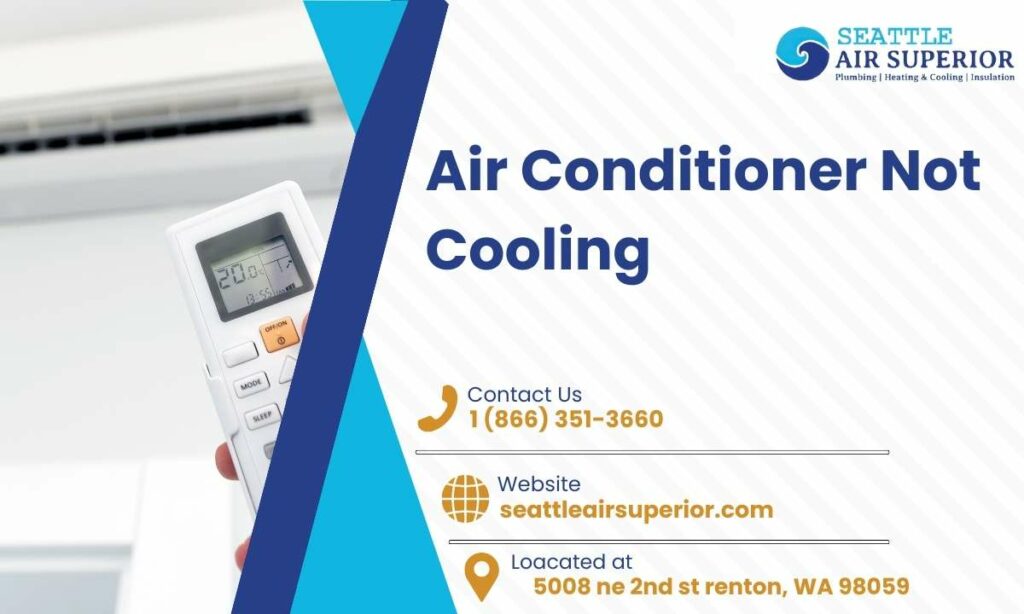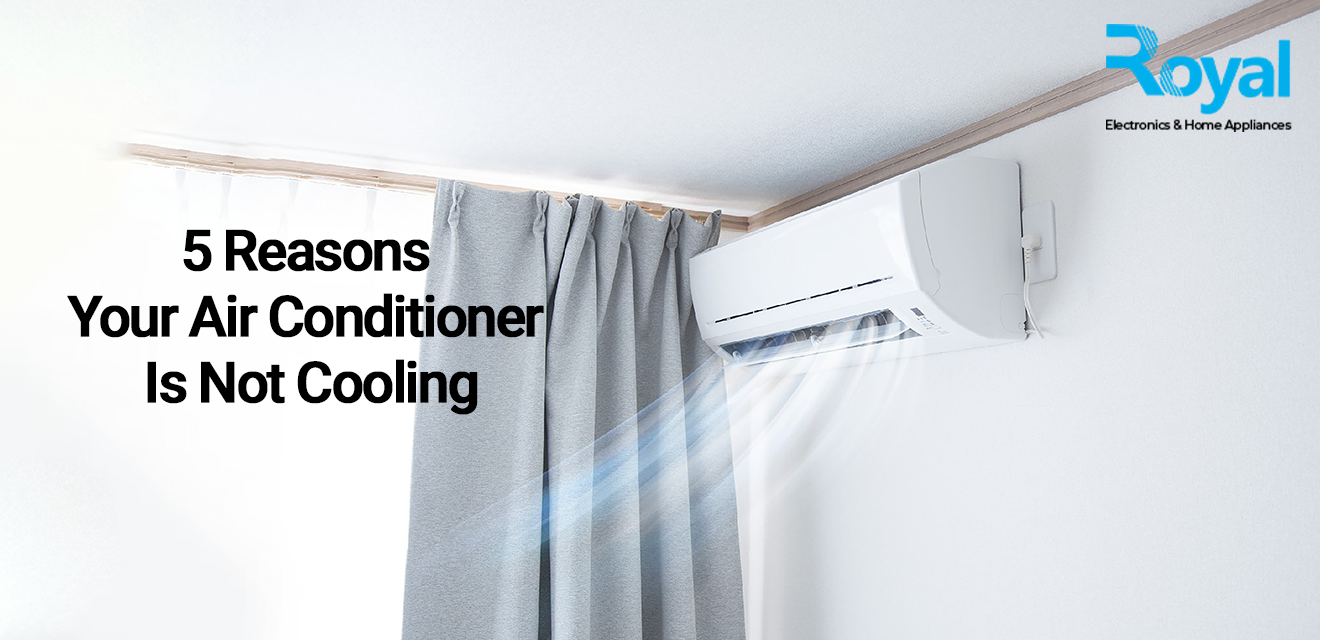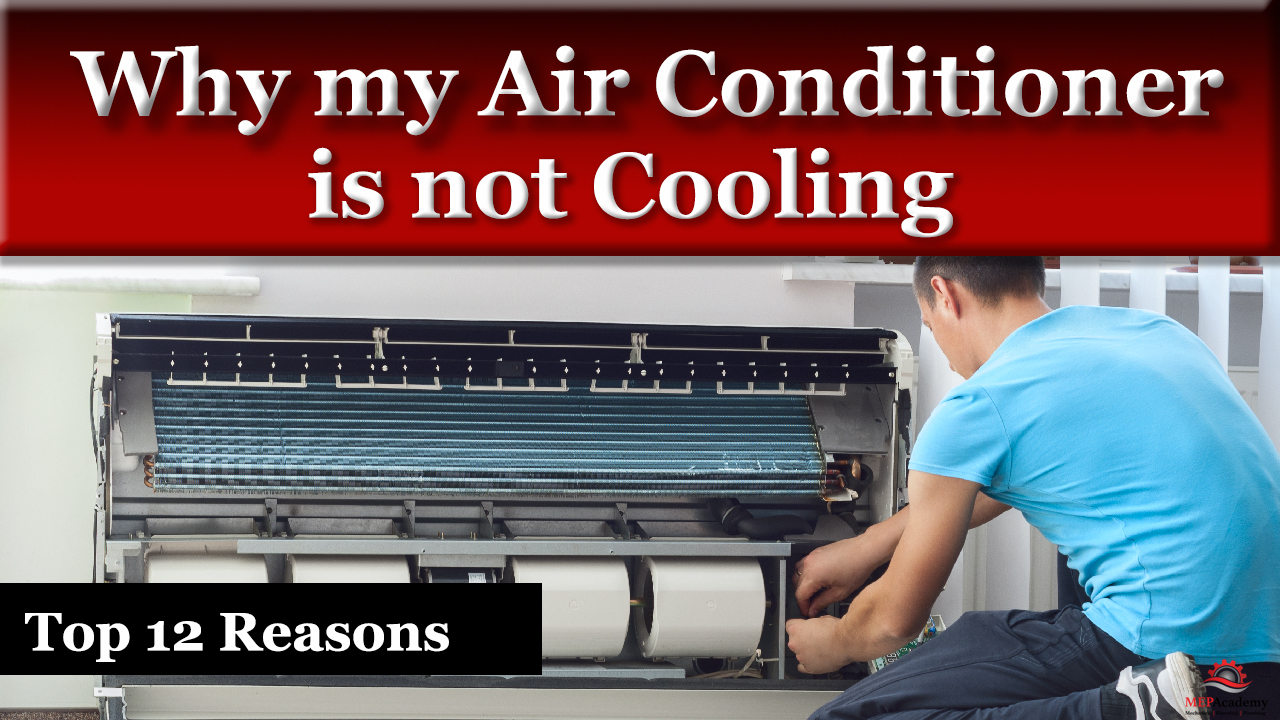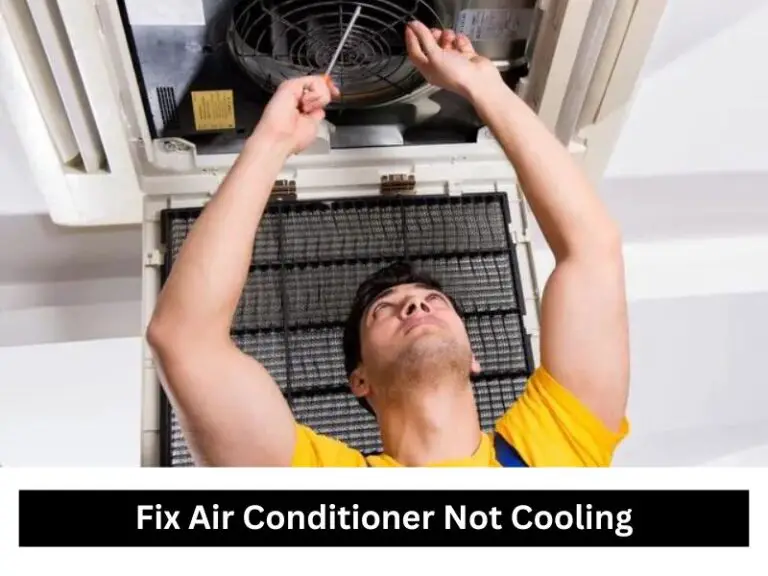When Your Air Conditioner Is Not Cooling
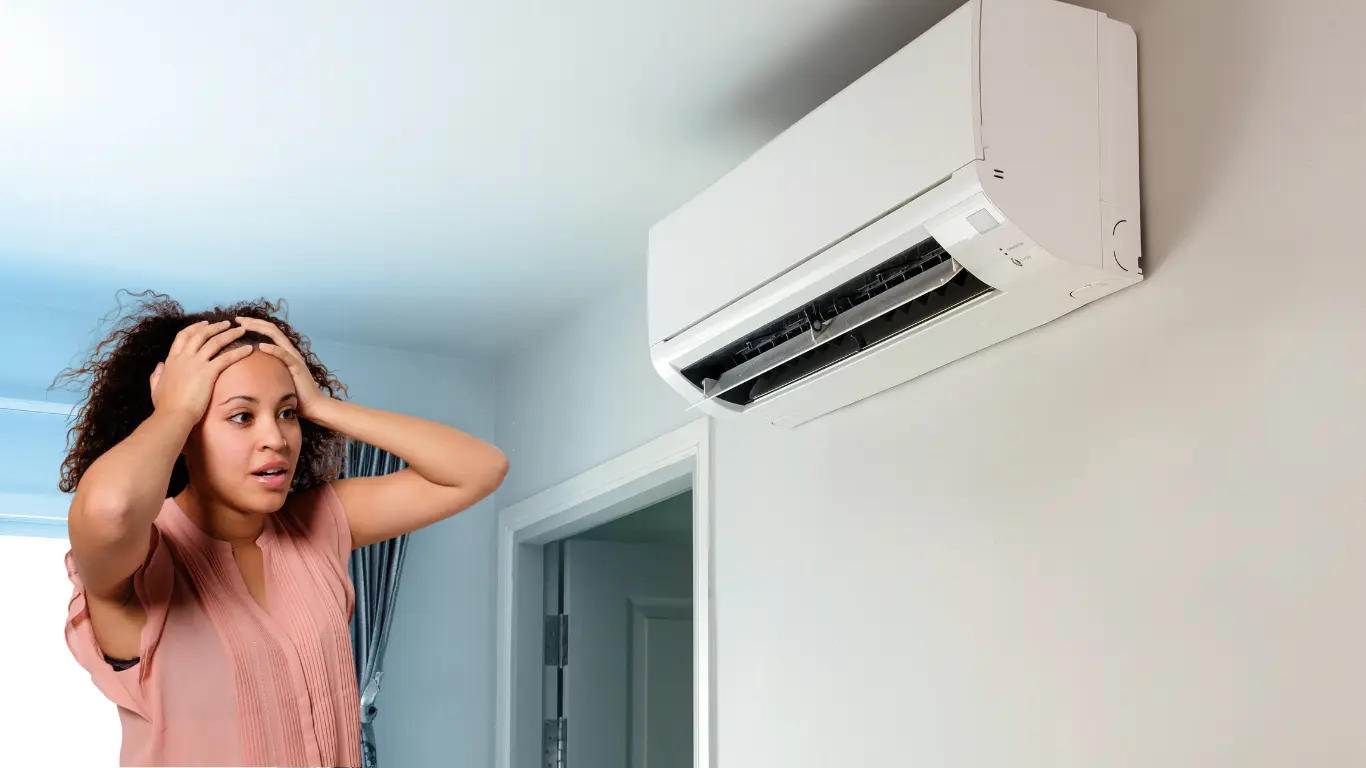
Is your home feeling more like a sauna than a sanctuary? An air conditioner that isn't cooling properly can be a real headache, especially during the peak of summer. Before you call for professional help, there are several things you can check yourself to potentially diagnose and even fix the problem. This guide will walk you through the most common reasons why your AC might not be cooling and provide step-by-step troubleshooting tips. Remember, your safety is paramount, so if you're uncomfortable with any of these steps, or if the problem seems complex, calling a qualified HVAC technician is always the best option.
Safety First!
Before you begin any troubleshooting, always turn off the power to your air conditioner at the breaker box. This prevents electrical shock. Wait at least 5 minutes before beginning work to allow capacitors to discharge.
Basic Checks: The First Line of Defense
These are the simplest things to check and often the most overlooked:
- Thermostat Setting: Ensure your thermostat is set to "Cool" and the temperature is lower than the current room temperature. A simple mistake here is more common than you think! Also, check the battery of your thermostat.
- Air Filters: A dirty air filter is the most common cause of poor AC performance. A clogged filter restricts airflow, causing the system to work harder and cool less effectively.
- Vents and Registers: Make sure all vents and registers are open and unobstructed by furniture, rugs, or curtains. Closed or blocked vents restrict airflow and can lead to ice buildup on the evaporator coil.
Checking and Replacing Your Air Filter
Locate your air filter. It’s usually found in the indoor air handler unit or near the return air vents. Remove the old filter and hold it up to the light. If you can barely see through it, it's time for a replacement. Replace the filter with a new one of the correct size and MERV rating (check your owner's manual or the old filter for the correct specifications). Aim to change your filter every 1-3 months, depending on usage and air quality.
Outdoor Unit Issues: Condenser Problems
The outdoor unit, also known as the condenser, plays a crucial role in cooling your home. Problems here can significantly impact cooling performance.
- Debris Around the Condenser: The condenser needs to be able to dissipate heat. Grass clippings, leaves, dirt, and other debris can restrict airflow and reduce efficiency.
- Dirty Condenser Coils: Over time, the condenser coils can accumulate dirt and grime, hindering their ability to release heat.
- Blocked Condenser Fan: The condenser fan is responsible for drawing air across the coils to cool them. If the fan is blocked or not working properly, the unit will overheat.
Cleaning the Condenser Unit
Turn off the power to the unit at the breaker. Carefully remove any debris surrounding the condenser. Use a garden hose with a gentle spray nozzle to clean the condenser coils. Spray from the inside out to avoid bending the fins. Be gentle! Bent fins restrict airflow. You can purchase a fin comb to straighten bent fins, but be careful not to damage them further.
Checking the Condenser Fan
With the power off, inspect the condenser fan blades for any damage or obstructions. If the fan isn't spinning freely, there may be an issue with the motor, which typically requires professional repair. Listen for unusual noises when the unit is running, such as grinding or squealing, which can indicate a failing fan motor.
Indoor Unit Issues: Evaporator Problems
The evaporator coil, located in the indoor unit, absorbs heat from the air. Problems here can also cause cooling issues.
- Frozen Evaporator Coil: A frozen evaporator coil restricts airflow and prevents the system from cooling properly. This is often caused by a dirty air filter, low refrigerant, or a malfunctioning blower fan.
- Blower Fan Issues: The blower fan circulates air across the evaporator coil and throughout your home. If the fan isn't working properly, it can lead to a frozen coil or poor cooling performance.
Dealing with a Frozen Evaporator Coil
If you suspect a frozen evaporator coil, turn off the AC unit and set the thermostat to "Fan Only." This will allow the fan to run and help thaw the coil. It can take several hours for the coil to thaw completely. Once thawed, check the air filter and replace it if it's dirty. If the problem persists, there may be a more serious issue, such as a refrigerant leak, requiring professional attention.
Checking the Blower Fan
Accessing the blower fan often requires removing panels on the indoor unit. Consult your owner's manual for specific instructions. Once accessible, check the fan blades for any obstructions or damage. Ensure the fan is spinning freely. If the fan isn't working at all, there may be a problem with the motor or capacitor. Replacing a blower motor or capacitor is generally best left to a qualified technician.
Refrigerant Issues: A Common Culprit
Refrigerant is the lifeblood of your air conditioning system. It absorbs heat from your home and releases it outside. Low refrigerant levels can significantly reduce cooling performance.
- Refrigerant Leaks: Refrigerant leaks are the most common cause of low refrigerant levels. Leaks can occur at various points in the system, such as fittings, coils, or valves.
Recognizing Refrigerant Issues
Unfortunately, you can't visually inspect refrigerant levels. Common signs of a refrigerant leak include:
- AC runs constantly but doesn't cool properly.
- Ice buildup on the evaporator coil.
- Hissing or bubbling noises coming from the AC unit.
- Higher than usual energy bills.
Important: Working with refrigerant requires specialized equipment and training. Do not attempt to add refrigerant yourself. This can be dangerous and illegal. Contact a qualified HVAC technician to diagnose and repair any refrigerant leaks and recharge the system.
Electrical Issues: When to Call a Pro
Electrical problems can also cause your AC to stop cooling. These issues are often more complex and potentially dangerous, so it's best to call a professional electrician or HVAC technician.
- Tripped Breaker: A tripped breaker can indicate an overload or short circuit. Reset the breaker, but if it trips again, there's a more serious electrical problem.
- Failed Capacitor: Capacitors help start and run the motors in your AC unit. A failed capacitor can prevent the compressor or fan from working properly.
- Wiring Problems: Damaged or loose wiring can also cause cooling issues.
Important: Never attempt to repair electrical components unless you have the necessary skills and experience. Electrical work can be extremely dangerous and should only be performed by qualified professionals.
Other Potential Problems
While the above issues are the most common, other problems can also cause your AC to stop cooling:
- Ductwork Leaks: Leaky ductwork can waste a significant amount of cooled air.
- Compressor Problems: The compressor is the heart of your AC system. A malfunctioning compressor can prevent the system from cooling properly.
- Control Board Issues: The control board regulates the various components of your AC system. A malfunctioning control board can cause a variety of problems.
When to Call a Professional
While some AC problems can be resolved with simple DIY troubleshooting, others require the expertise of a qualified HVAC technician. Call a professional if:
- You suspect a refrigerant leak.
- You're uncomfortable working with electrical components.
- You've tried the basic troubleshooting steps and your AC is still not cooling.
- You hear unusual noises coming from the AC unit.
- You suspect a problem with the compressor or control board.
Estimated Repair Costs
Repair costs can vary depending on the problem and your location. Here are some rough estimates:
- Air Filter Replacement: $5 - $30 (DIY)
- Condenser Cleaning: $75 - $150 (Professional)
- Refrigerant Recharge: $200 - $800
- Capacitor Replacement: $100 - $300
- Blower Motor Replacement: $300 - $800
- Compressor Replacement: $1,500 - $4,000
These are just estimates. Always get a quote from a reputable HVAC contractor before proceeding with any repairs.
Preventive Maintenance: Keeping Your AC Running Smoothly
Regular preventive maintenance can help prevent many of the problems discussed in this guide and extend the life of your AC system. Consider these tips:
- Change your air filter regularly.
- Clean the condenser coils annually.
- Schedule a professional AC tune-up each year.
- Keep the area around the condenser unit clear of debris.
By taking these steps, you can help ensure that your AC system is running efficiently and effectively for years to come.


